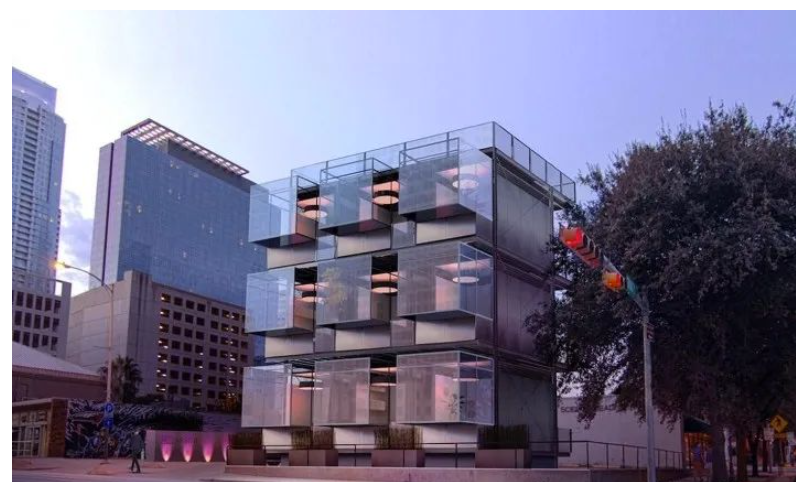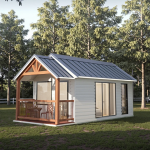Moblie: 8613816755915
A Comprehensive Price Analysis of Australian Modular Homes
In Australia, modular homes are being re-evaluated by the government. The advantages of modular housing are convincing homeowners, developers, insurance companies, and even government departments. Modular homes offer unparalleled benefits, compelling those who once held firm convictions to reconsider their “values.”

Advantages of Modular Homes
- Speed: A modular housing can be completed 30-50% faster, meaning you move in sooner and save on rental costs or construction loan interest.
- Quality Control: Factory-based construction ensures precision in production, while rigorous processes and a professional team guarantee consistent building quality.
- Sustainability: Precision cutting and material recycling minimize waste. Energy-saving systems like solar panels and battery storage can be easily integrated from the design phase, enhancing long-term value.
Common Modular Homes Types in Australia
- PPVC (Public Volumetric Modular): Complete modules are manufactured in the factory and delivered to the site.
- Panelized Home): Walls and floors are factory-fabricated and assembled on site.
- Kit Homes and Flat pack Homes: Homes are supplied in component form and assembled by you or a builder.
Basic Quotation for Modular Homes in Australia
The base price range for different property sizes typically falls between ADU 3,800 and ADU 4,600 per square meter, as detailed below:
- Simple starter home: Starting around ADU 153,000
- Mid-range upgrade: Starting around ADU 229,000
- Large custom design: Starting from ADU 460,000
- Compact modular senior housing typically starts around ADU 107,000.
Basic Price Inclusions for Modular Homes
- Design and engineering plans
- Factory-built modular units
- Standard foundation systems
- Interior lining, insulation, and finishes
- Kitchen renovation and appliances
- Finished bathrooms
- Flooring throughout
- Double-glazed windows and exterior doors
- Interior electrical and plumbing connections.
Some builders include delivery and installation costs. Be sure to check the “Includes and Exclusions” list.
Other potential fees
A modular housing price is typically presented as a “base price,” but this is just the starting point. A full cost analysis must include both the modular package and the essential site costs.
Modular Homes Site Costs
- Land: The cost of your block of land is the single largest variable, with prices fluctuating wildly between capital cities, regional hubs, and rural areas.
- Site Works and Foundations: This includes land clearing, excavation, and constructing the foundation (pier and beam or concrete slab). A steep, rocky, or difficult-to-access site will incur significantly higher earthworks and engineering costs.
Utility Connections and Municipal Fees
Depending on location, connection fees for electricity, water, sewage treatment, and telecommunications range from approximately AUD 7,600 to AUD 30,600. Rural areas typically require septic tank systems, which generally cost between AUD 15,300 and AUD 38,200. Municipal approval fees vary, and development applications may require separate submission.
The pricing of modular homes in Australia is shaped by the interplay between the cost of the modules themselves and the specific conditions of the actual site. The base price listed for a modular home doesn’t reflect the total cost homeowners ultimately pay; it’s essential to understand the underlying expenses. Yet it represents a compelling value proposition centered on saving time, ensuring quality, and reducing risk. Modern Australian buyers seek smart, sustainable, and stylish homes without enduring the long-term pressures of traditional construction. As the industry matures and scales up, this innovative housing approach will become an increasingly indispensable part of Australia’s housing landscape.

